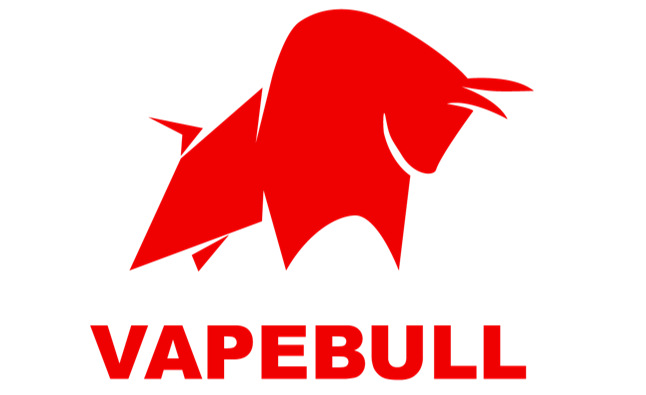7 methods of metallizing the surface of electronic cigarette ceramic heating parts
Due to its excellent characteristics such as low thermal resistance, high pressure resistance, high heat dissipation, and long life, ceramic substrates have broad application prospects in the fields of electronic vaporization and heat-not-burn. The metallization circuit on the surface of the ceramic substrate is an important prerequisite for determining its practical application.
The ceramic surface metallization process is widely used in the field of electronic ceramics. With its fast heating response characteristics, it has gradually been expanded in the field of electronic cigarettes. In the field of small smoking sets, Smoore's FEELM ceramic atomizing core, ALD's SILMO and FXR, and the IQOS ceramic heating element in the heat-not-burn smoking set all use the metallization process on the surface of the ceramic substrate. The following is an introduction to the surface metallization process of some ceramic substrates compiled by the editor for reference:
1. Thick film technology:
screen printing metal powder slurry on ceramics, and then sintering and degreasing at high temperature to melt the metal powder to form a whole.
2. Sputtering copper cladding (DPC-Direct Plate Copper):
Sputtering copper cladding uses vacuum sputtering to form thin film metallization on the surface, and then realizes high-density double-sided wiring and vertical interconnection through yellow light lithography combined with through-hole plating.
3. Bonded copper clad (DBC):
bonded copper clad refers to the application of copper foil on the surface of the ceramic, through the chemical reaction at high temperature to form a new phase CuAlO2 or a dense bonding structure. This process is suitable for secondary etch processing, with thicker copper layers and the highest reliability.
4. Bonded aluminum (DBA):
Bonded aluminum refers to the use of aluminum in the liquid state to better wettability of the ceramic surface, by directly wetting the molten aluminum on the ceramic surface, as the temperature decreases, the aluminum provides The crystal growth on the crystal nucleus realizes the combination of the two.
5. Active technology brazing:
print active metal solder on the surface of ceramics, weld with oxygen-free copper foil in a vacuum brazing furnace, and use PCB board wet etching process to make surface circuits. This method has the characteristics of small brazing deformation and smooth and beautiful joints, and is suitable for welding precision, complex and components composed of different materials.
6. Laser selective sintering (LAM):
The use of high-energy laser beams to ionize ceramics and metals to make them firmly bonded.
7. Electroless plating:
through the catalysis of metals, the deposition process of metals is realized through controllable redox reactions.
As a mouth-breathing product, e-cigarettes have higher requirements for food safety. The most common method used in e-cigarettes is the thick film technology. There are applications.
The advantage of thick film technology lies in the products of the same size and resistance value, a variety of wiring schemes can be designed to obtain products with different effects; the directional design of the products can obtain products with the best heat distribution, achieve good heating and atomization effects, and improve Thermal efficiency saves electricity.

